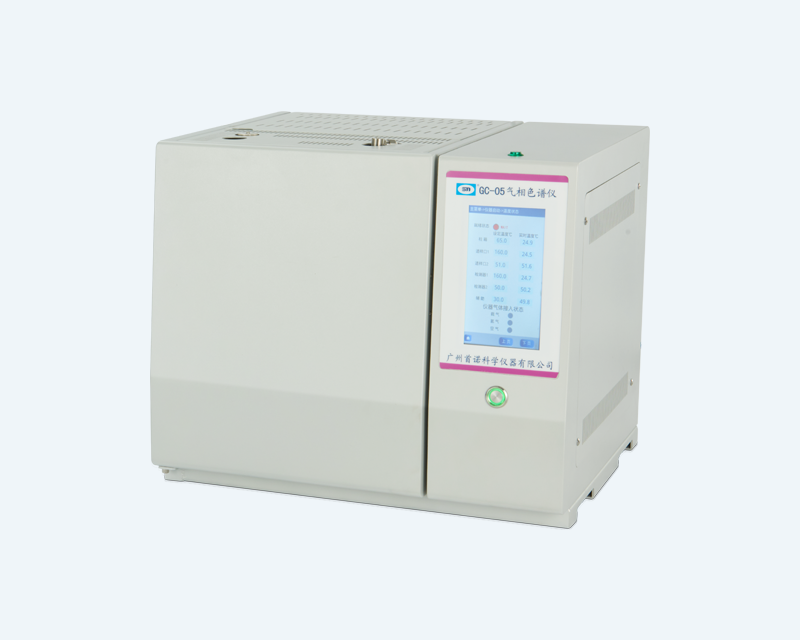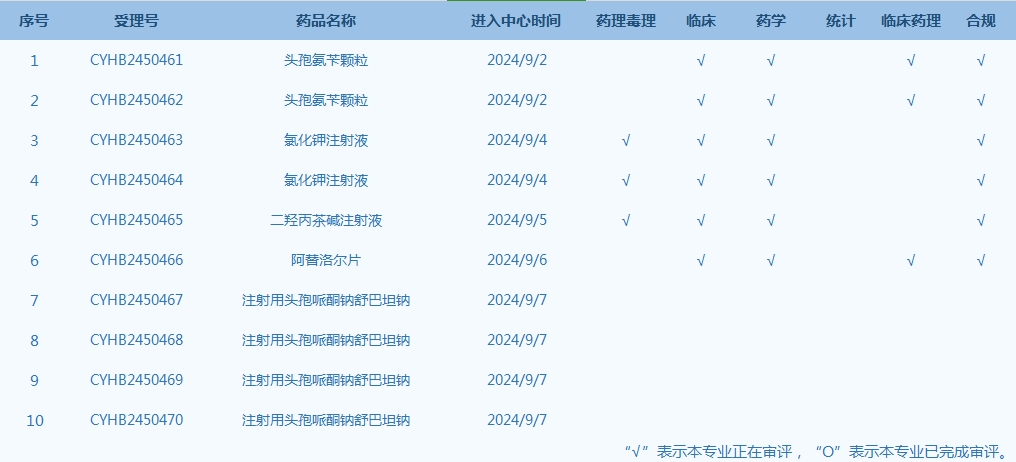A headspace sampler is an instrument used to analyze volatile organic compounds, mainly for gas chromatography (GC). The headspace sampler heats the sample to release volatile compounds from the sample matrix, and then transfers these volatile compounds to the gas chromatograph for separation and detection. The following are the main components and working principles of the headspace sampler:
Headspace Sampler
Components
1. Sample Vial: A sealed bottle containing the sample to be tested.
2. Heater: Heats the sample vial to promote the release of volatile compounds.
3. Sampling Needle: Used to extract gas from the sample vial.
4. Autosampler Tray: Places multiple sample vials and can be switched automatically.
5. Transfer Line: Transfers the extracted gas to the gas chromatograph.
Working Principle
1. Sample Preparation: Place the sample to be tested in the sample vial and seal it well.
2. Heating: Place the sample bottle in the heating module of the headspace sampler and heat it to a predetermined temperature. This process causes the volatile compounds in the sample to enter the gas phase.
3. Equilibrium: While the sample is being heated, it takes a certain amount of time to reach thermal equilibrium so that the volatile compounds are fully released into the gas phase.
4. Injection: The headspace sampler extracts a certain volume of gas phase from the sample bottle through the injection needle and transmits it to the gas chromatograph through the delivery tube.
5. Analysis: The gas chromatograph receives the injected gas sample and separates and detects the volatile compounds therein.
Application Fields
Headspace samplers are widely used in food, spices, environmental monitoring, pharmaceuticals, chemicals and other fields. For example:
Food and beverages: Analyze the flavor components and pollutants in food.
Environmental monitoring: Detect volatile organic compounds in air, water and soil.
Pharmaceuticals: Detect residual solvents in drugs.
Chemicals: Analyze volatile components in chemical products.
The use of a headspace sampler can improve the sensitivity and accuracy of analysis while reducing the time and complexity of sample preparation.







 Tel:020-26221916 / 手機: 13556033107
Tel:020-26221916 / 手機: 13556033107 E-mail:
E-mail:




